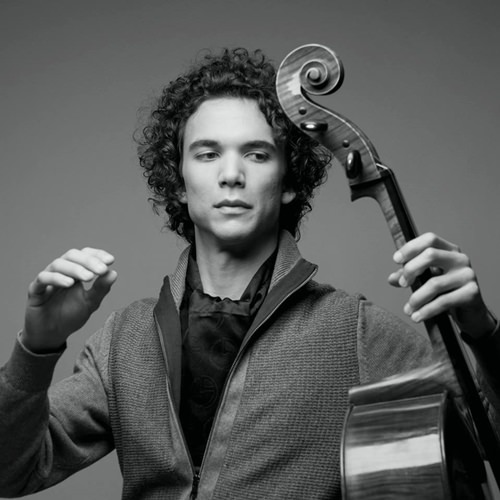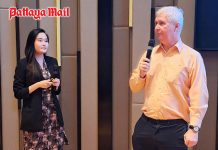
One day, when I was about thirteen and walking with my classmates in orderly fashion along the school corridor, we passed the Headmaster, who always stood at the same junction during lesson changes when almost the entire school was on the move. As I passed him, I was tapped on the shoulder and a magisterial voice announced, “Kaye, I think you should learn the cello.” When you are thirteen you don’t argue with the school dog let alone the Headmaster, so learn the cello I did.
At first I was taught by a large and kindly lady who kept her cello in a tattered canvas bag and had a penchant for voluminous dresses which rendered her feet invisible. She would float imperiously along the school corridors like a Spanish galleon in full sail, followed by a vapour trail of stale beer fumes, for she was also the proprietress of a local pub.
You need to have a certain determination to learn the cello. It’s portable, but only just and it can be awkward to carry on to buses and trains. As a teenager I developed the useful skill of riding my pedal bicycle and carrying the cello under one arm, though these days I don’t think I could do either.
The cello – or the violoncello to use its full name – has always played an important role in the orchestra. In many 18th century compositions the cellos merely chug along with the double basses, but by the early 19th century, composers had become more adventurous and gave the cello more interesting parts to play.
Few solo concertos were written for the cello before the 19th century. Perhaps the playing technique had not developed sufficiently for the technical demands of a concerto. Whatever the reason, the cello didn’t come into prominence as a solo instrument until the notable concertos by Schumann (1850), Saint-Saëns (1872), Lalo (1876) and Dvoøák (1894). Even so, compared to the vast number of violin concertos, those for the cello are pretty thin on the ground.
Édouard Lalo (1823-1892): Cello Concerto in D minor. Fermín Villanueva (vlc), Romanian Radio National Orchestra, cond. Gabriel Bebe elea (Duration: 34:10, Video: 1080p HD)
When you think of French composers, Lalo (LAH-loh) is probably not the first name that springs to mind. He’s probably best known for his Symphonie Espagnole, a popular work for violin and orchestra. His cello concerto dates from 1876 and sounds as though parts of it were written by Schumann, for Lalo had a rather Germanic style.
This splendid performance is given by the charismatic Spanish cellist Fermín Villanueva who was born in 1993 in Pamplona, also the birthplace of the legendary violinist Pablo de Sarasate. Fermin studied at the Higher School of Music of the Basque Country and later at prestigious universities in Leipzig and Vienna. He has been awarded numerous prizes in national and international competitions and has performed with many European orchestras. The German cellist, Peter Bruns, recently wrote “Fermín is a very gifted and advanced cellist with highly-developed instrumental technique as well as with a wide range of mental, stylistic and musical skills to express his musical ideas on the cello.”
Dmitri Shostakovich (1906-1975): Cello Concerto No 1 Op 107. Sheku Kanneh-Mason (vlc), BBC Symphony Orchestra cond. Mark Wigglesworth (Duration: 31.27, Video: 720p HD)
This concerto is considered one of the most difficult works written for the cello and was composed for the Russian cellist Mstislav Rostropovich, who evidently committed it to memory in four days. This is a remarkable feat because most musicians would require four months at the very least.
Composed in 1959, it famously opens with four notes played on the solo cello answered by the woodwind. There are echoes of this motif throughout the concerto which is cast in four movements though the last three are played without a break. The second movement is in complete contrast to the energetic first one. The music is forlorn and yearning, full of harmonic tension and the melody played entirely on the cello harmonics adds an unworldly, ethereal quality. The third movement is an unaccompanied cadenza which transforms from a reflective mood into a frenzy of activity leading into the bizarre angular opening theme of the last movement.
Sheku Kanneh-Mason was born 1999 and started learning the cello at the age of six. When he was seventeen, he won the coveted 2016 BBC Young Musician of the Year award. Since then his international career has rocketed and he’s already booked for appearances with some of the top orchestras in Europe and America. Sheku incredibly talented and gives a superbly musical performance of this difficult work. Try to ignore the inane chatter from the TV commentator who really ought to know by now when to keep her mouth shut.
 |
 |
 |





